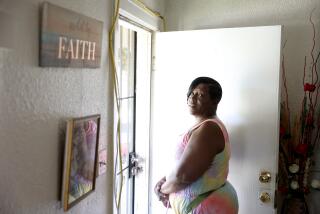Youths in foster system get care until age 21, but struggles persist
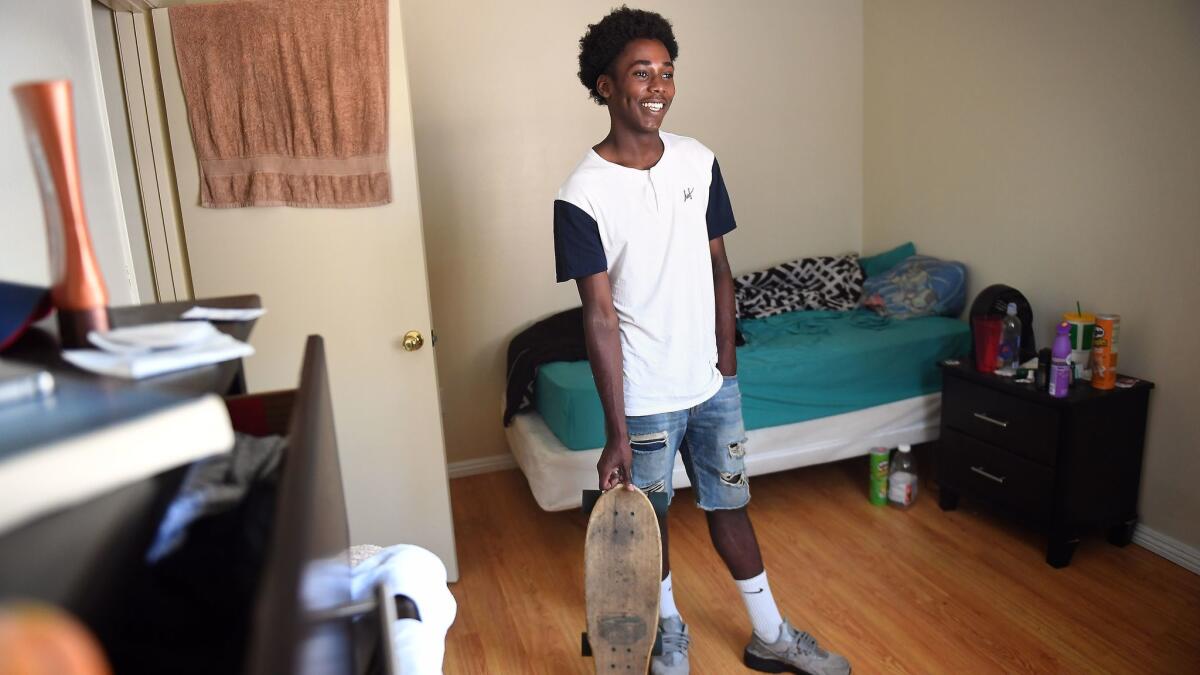
Eric Usher dreams of working as an audio producer, driving his friends around in a Maserati and living by the beach.
But most importantly, Usher says, he looks forward to being independent.
âI wonât have any system support, and Iâll be living on my own,â is how he describes it.
For now, Usher must content himself with a spare ground-floor apartment a few miles from downtown L.A.
At 19, he is learning to be independent by trial and error. He recently racked up almost $700 in cable and Internet bills â the result of confusing pricing and unexpected charges.
âI made a bad decision,â he said. âItâs a learning experience. It wonât happen again.â
Usher has been in the foster system since he was 8. He doesnât have parents who can bail him out or guide him smoothly into adulthood.
But unlike most foster youths of the past, heâs able to get help from the Department of Children and Family Services until he turns 21, thanks to a state program called extended foster care, which began in 2012. The program was created to assist youths who, on average, fare far worse in adulthood than peers who have not had involvement with the child welfare system.
Often referred to simply as âAB 12,â after the Assembly bill that created it, extended foster care offers young people who are still in the foster system at age 18 a roof over their head, funding and support services for three extra years, as long as they go to school, work, attend a job-readiness program or have a medical condition that prevents them from meeting these requirements.
In fiscal year 2015-16, Children and Family Services spent about $91 million on extended foster care in Los Angeles County. Federal, state and county funds pay for the extension.
Although the programâs success has been uneven, the vast majority of eligible teenagers â about 80% in L.A. County â choose to remain in care.
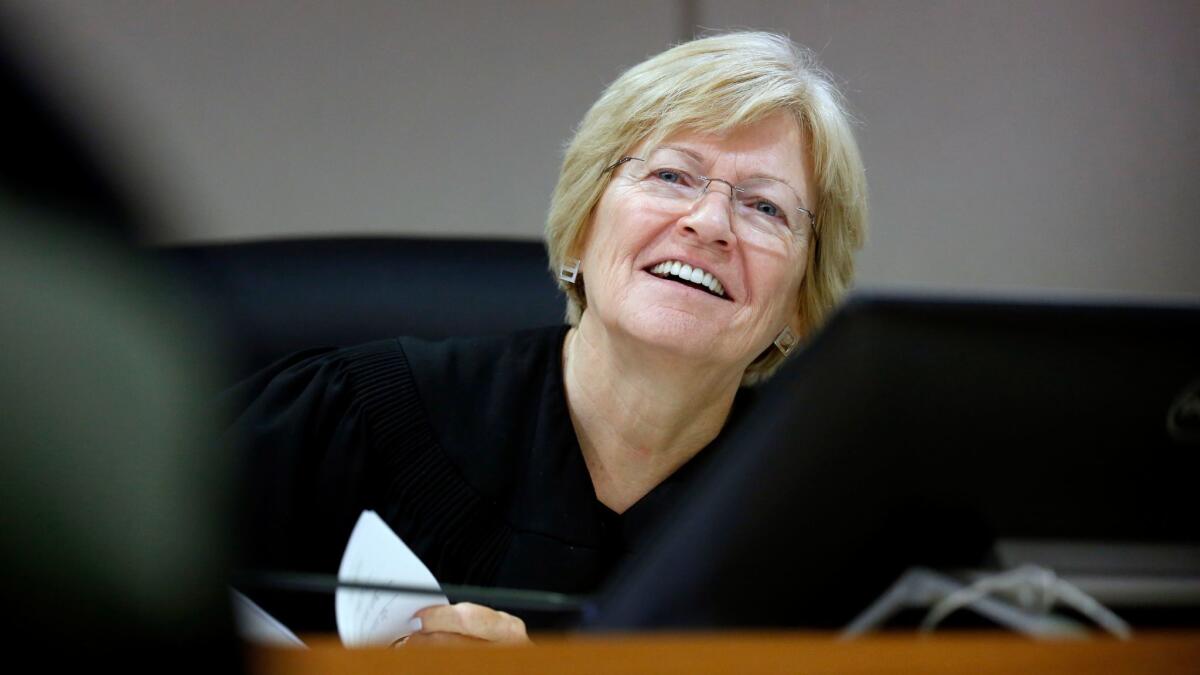
âAB 12 is helping a whole lot,â said Judge Margaret Henry, who presides over a courtroom at the Los Angeles Childrenâs Court specifically for 18- to 21-year-olds. âThe security of having that money is such a relief that they can think about other goals.â
Research conducted by Chapin Hall at the University of Chicago showed that California youths who stayed in care for one year past age 18 were much more likely than those who didnât to enroll in college and to have financial assets, and less likely to rely on public assistance or to become homeless.
Staying in care was not, however, associated with significant differences in employment, earnings, health or rates of pregnancy.
Some young adults struggle during and after the extended program. They want to be independent but lack key skills, and the stakes are high. Securing affordable housing is a barrier. So is navigating a complicated bureaucracy. Youths who have mental illnesses and substance abuse issues need more intensive support.
âThereâs still a mismatch between the adequacy of supports and the needs of all young people,â said Mark Courtney, who led the Chapin Hall research.
Young people who havenât left the foster system by age 18 may have cycled through five or more homes in as many years. The circumstances that made it difficult to find permanent placements for them before they reached adulthood, such as trauma, substance abuse or incarceration, also can make it difficult for them to succeed independently afterward.
âThereâs an attitude that when you turn 18 ⌠youâre on your own now, you figure it out,â said Jennifer Lorson, an attorney supervisor at Childrenâs Law Center, which represents youths in dependency court. âWhere we stand is these are basically our kids. The system raised them. Weâre like parents. Parents donât just close the door on their kid when they turn 18.â
Courtneyâs research showed that most 17-year-olds in the system live in foster or group homes, where they are under near-constant adult supervision. But after they turn 18, they look for arrangements with more autonomy.
In extended foster care, they have two options. They can stay in a âsupervised independent living placement,â where they find their own housing, often an apartment or dorm, and receive an $889 check and visit from a social worker once a month. Or they can stay in transitional housing, which supplies the apartment as well as additional case management.
Just over a third of the 2,500 18- to 21-year-olds in foster care in Los Angeles County are in supervised placements, but only 315 transitional housing beds are available for this population.
In 2014, Saydra Hawley, then 18, was living with her foster mom and taking classes at Cypress College. When she got pregnant, she moved into her boyfriendâs two-bedroom apartment in Paramount and applied to have it approved as a supervised placement. She used her monthly check to pay for part of the $1,200 rent, car insurance, food, diapers and installments on a crib.
But Hawley and her boyfriend didnât get along. She thought about moving out.
âI talked to over 20 landlords, but they all wanted the money up front,â Hawley said.
So she stayed.
âIt was that or live in the street,â she said.
Hawley eventually completed a Job Corps pharmacy technician training program and got a job in Orange. But standing in the same spot counting pills all day bored her.
âThere wasnât one minute I wasnât looking at the clock,â Hawley said.
She had no choice but to keep working, especially after turning 21 last fall. At the urging of a friend, she applied for a job as a mail carrier, which she likes much better. âThe time moves by so quick,â she said. âIâm never bored.â
Earning about $16 an hour plus overtime, Hawley now makes enough money to afford a one-bedroom apartment in Bell for herself and her daughter, and to pay for daycare.
âI feel like I got more than enoughâ from extended foster care, she said. âI like that it makes you work or go to school because eventually we all grow up and not everyone has someone to take care of them forever.â
Many youth canât afford a supervised placement or donât meet the criteria, which include being able to manage money, be a responsible tenant and handle daily tasks such as grocery shopping.
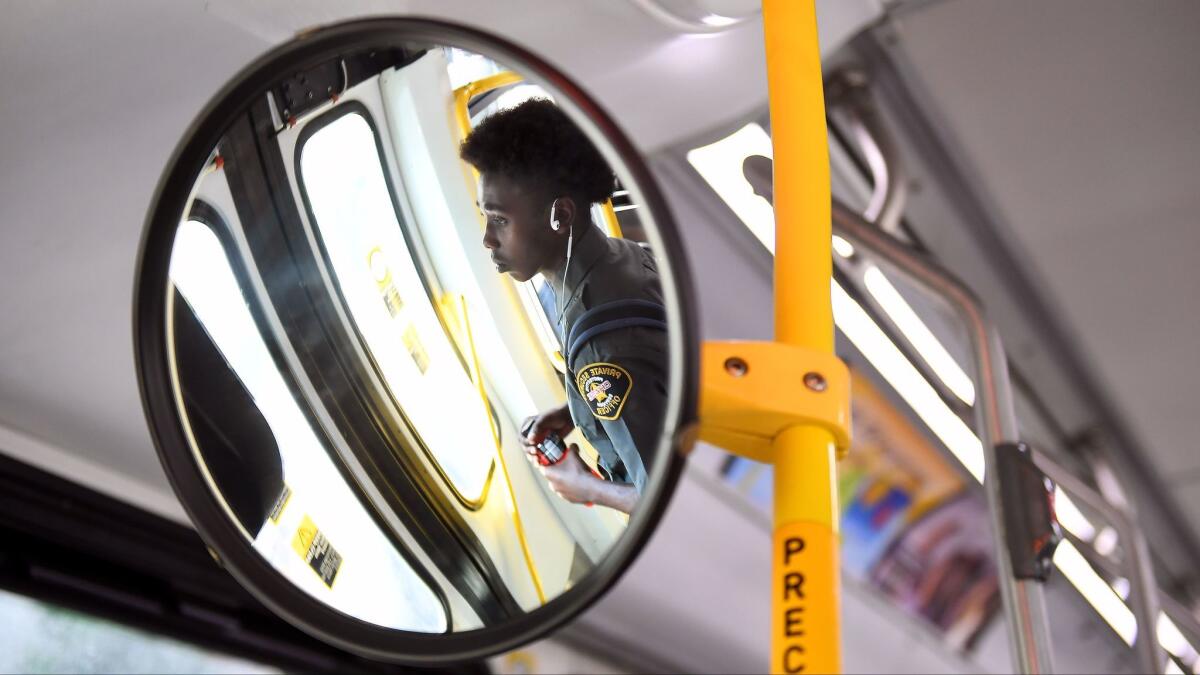
Usher, the aspiring producer, is in transitional housing. Since enrolling last December, heâs made progress in fits and starts.
There was the fiasco with the cable, which Usher bought so he could watch sports. He got a job at McDonaldâs, but quit after a few months without having his next job lined up. He enrolled in classes at Los Angeles Southwest College and then walked out the minute he saw the board in math class. And he has yet to obtain a driverâs license.
âHeâs testing his freedom out,â said Daniel Torres, who advises Usher on school and jobs as part of the program. âThe way they learn is through the mistakes that they make.â
Torres and others who work with young adults in foster care straddle a fine line between supporting these youth and letting them make their own decisions. âItâs about creating a safety net for them to fail,â he said.
That thinking represents a shift for child welfare workers, who traditionally have focused on the physical safety of minors. Making the switch hasnât necessarily been smooth.
Ashley Gonzalez said she felt scared and alone when she turned 18 and was placed in transitional housing in 2014.
âI didnât know who I was or what I was doing or where I was going to go from here,â she said. âI [was] just getting thrown to the sharks.â
Gonzalez at first made âa dumb decisionâ to work instead of attending school. But accustomed to moving around, she never stayed long in any job. She worked at a Jack in the Box, as a nurseâs assistant, as a security guard and, at one point, as a stripper, she said.
Gonzalez had hoped to study psychology at Los Angeles Trade-Technical College, but without guidance, she enrolled in too heavy a course load. âI didnât know how to coordinate things, how to juggle,â she said. Overwhelmed, she withdrew from her classes.
âI had a roof over my head,â Gonzalez said of extended foster care, but âI didnât get much help.â
Gonzalez moved out in June, after a dispute with her roommates. She said she stayed with a friend in Twentynine Palms, slept in her car and most recently was taken in by her former foster mom.
Shortly after turning 20, Gonzalez took a hard look at her options. âI was thinking, âWhere am I going to go? How am I going to live?â â she said. âI just thought, âWhy not the military?â I donât really have any other choices.â
Gonzalez recently turned 21 and is scheduled to start basic training at the end of the month.
Children and Family Services officials said they provide young people with adequate support, but they also aim to transition foster youths away from depending on the department.
âThe objective is to build networks of support that rely less and less onâ the child welfare system, said Brandon Nichols, the acting director of Children and Family Services.
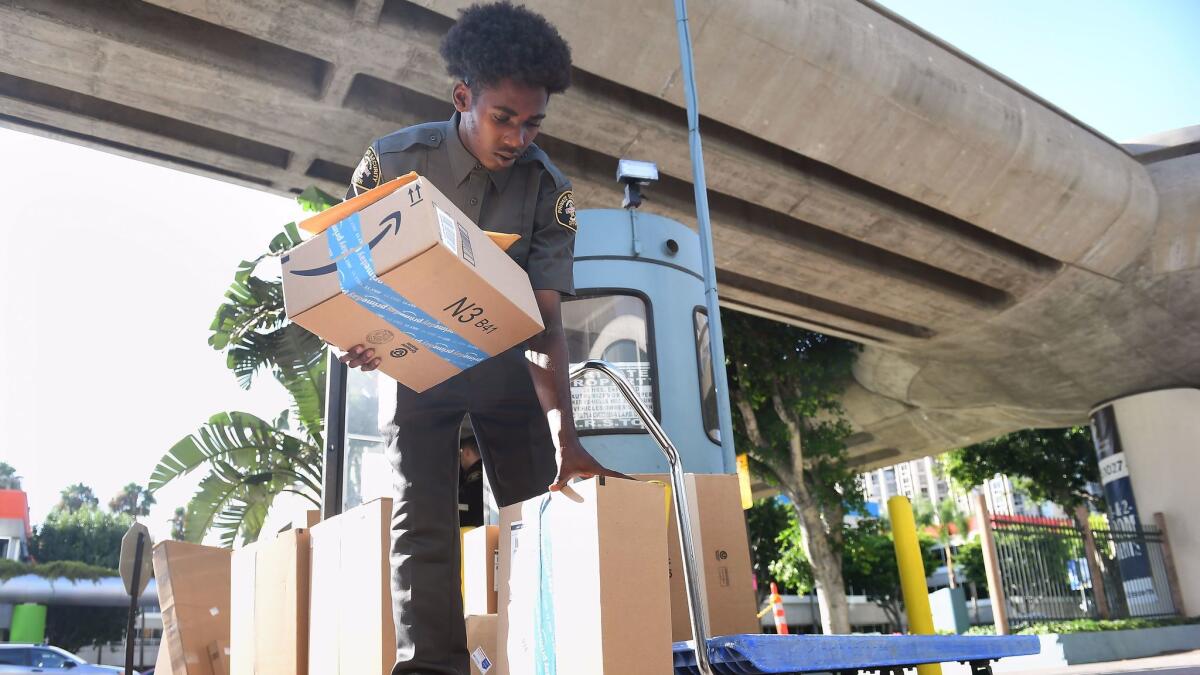
Dependency attorneys say the county could do more. In court, they commonly ask Henry simply to order the department to provide services to which youths already are entitled.
Some say help should extend past age 21.
âIâd go to 26,â Henry said. âWeâd have a lot more college graduates, successful careers â and fewer mental health problems.â
Nichols said he thought there should be a program past age 21, but âthere is an expertise here that we are challenged with.â He suggested other agencies â the Los Angeles Homeless Services Authority, Los Angeles County Health Agency or Department of Public Social Services â may be better equipped.
For Usher, that cutoff is still two years away. Heâs trying to make the most of the time he has.
In June, he received his guard card, which enabled him to begin work as a private security guard at a downtown apartment complex. He earns $12 an hour, he said, and hopes to get a raise soon so he can start saving money. One day, perhaps, heâll study audio production.
But first, he plans to pay off some bills.
Twitter: @AgrawalNina
ALSO
Yosemite struggles to find an answer to traffic woes
Anti-Trump protesters sue San Diego over arrests at demonstration
Former U.S. Customs and Border Protection employee charged in LAX sexual assault case
More to Read
Sign up for Essential California
The most important California stories and recommendations in your inbox every morning.
You may occasionally receive promotional content from the Los Angeles Times.
